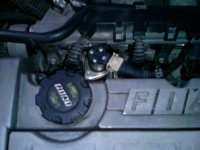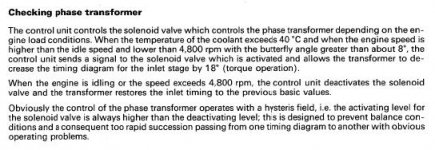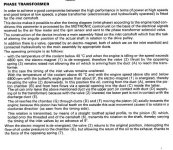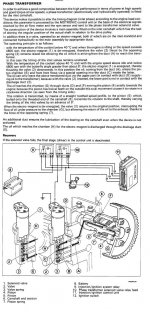yes, its called the timing sensor in the fiat manual, on page21 of the 2.0 20v engine section in volume1 of the manual.
CAT is the catalytic converter: http://en.wikipedia.org/wiki/Catalytic_converter
if the cat breaks down inside it can block your exhaust causing too much backpressure. that results in a powerloss, and usually the engine will not rev very high. you can use a back pressure tester to see if this is your problem, they are easy to use you simply replace the lambda sensor in front of the cat with the tester, the pressure should be low in a healthy exhaust, it depends on the car but generally i'm suspicious if it peaks at more than 8psi. many engine compression testers can also be used as back pressure testers if you have the 12MM and 18MM adapters.
CAT is the catalytic converter: http://en.wikipedia.org/wiki/Catalytic_converter
if the cat breaks down inside it can block your exhaust causing too much backpressure. that results in a powerloss, and usually the engine will not rev very high. you can use a back pressure tester to see if this is your problem, they are easy to use you simply replace the lambda sensor in front of the cat with the tester, the pressure should be low in a healthy exhaust, it depends on the car but generally i'm suspicious if it peaks at more than 8psi. many engine compression testers can also be used as back pressure testers if you have the 12MM and 18MM adapters.
Last edited:






